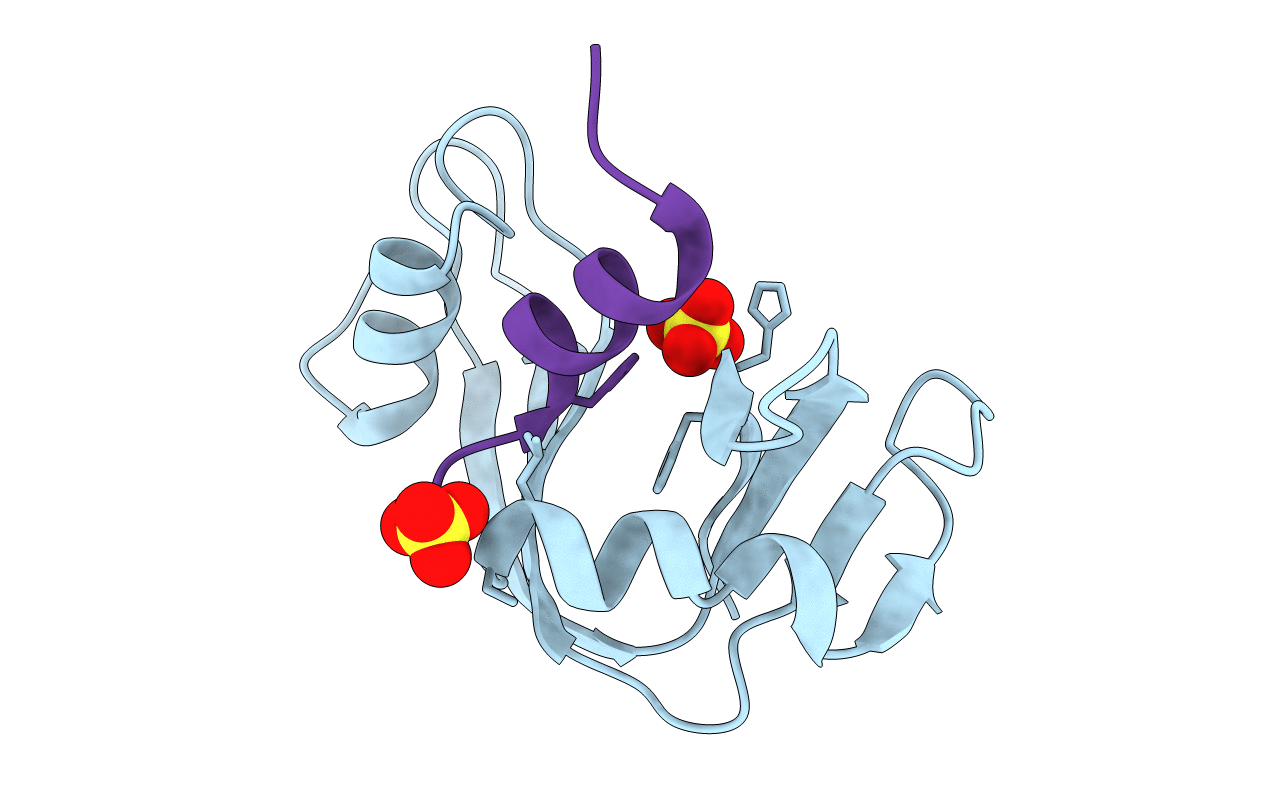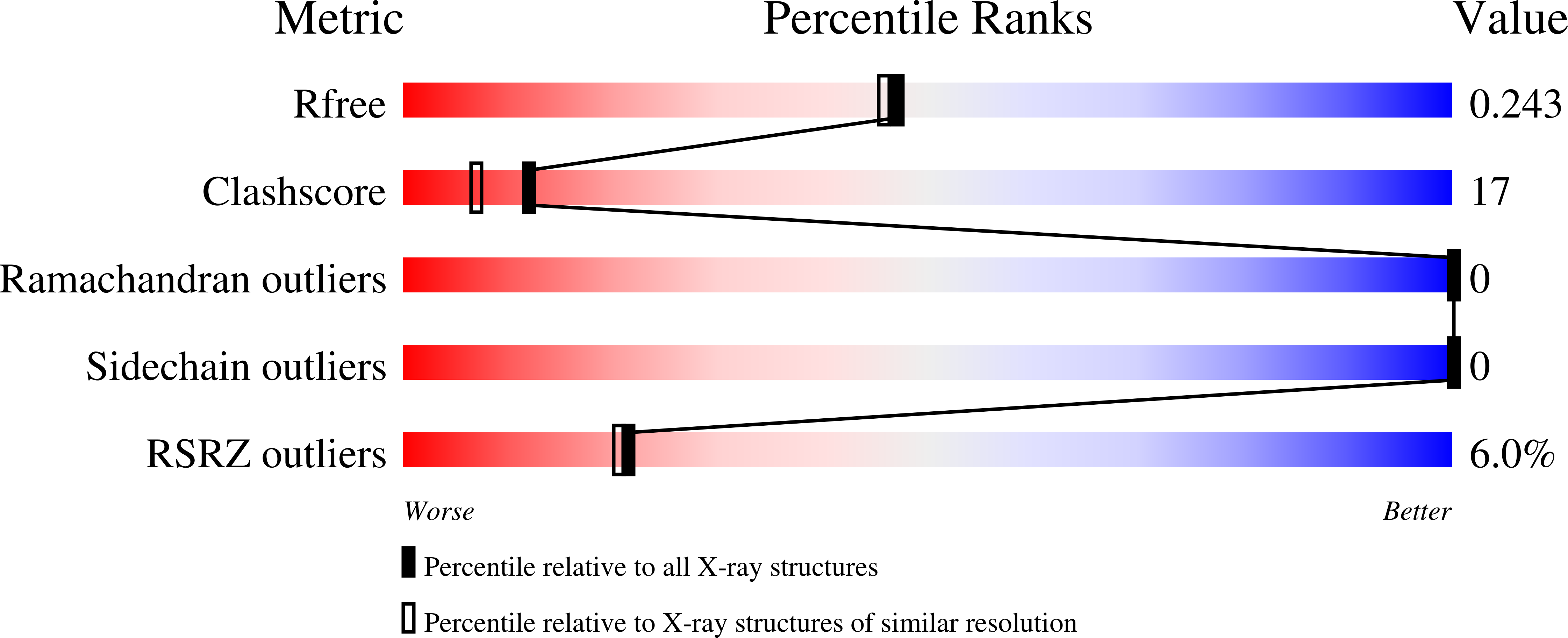
Deposition Date
2005-03-14
Release Date
2005-03-29
Last Version Date
2024-11-06
Method Details:
Experimental Method:
Resolution:
2.00 Å
R-Value Free:
0.24
R-Value Work:
0.19
R-Value Observed:
0.19
Space Group:
P 31 2 1


